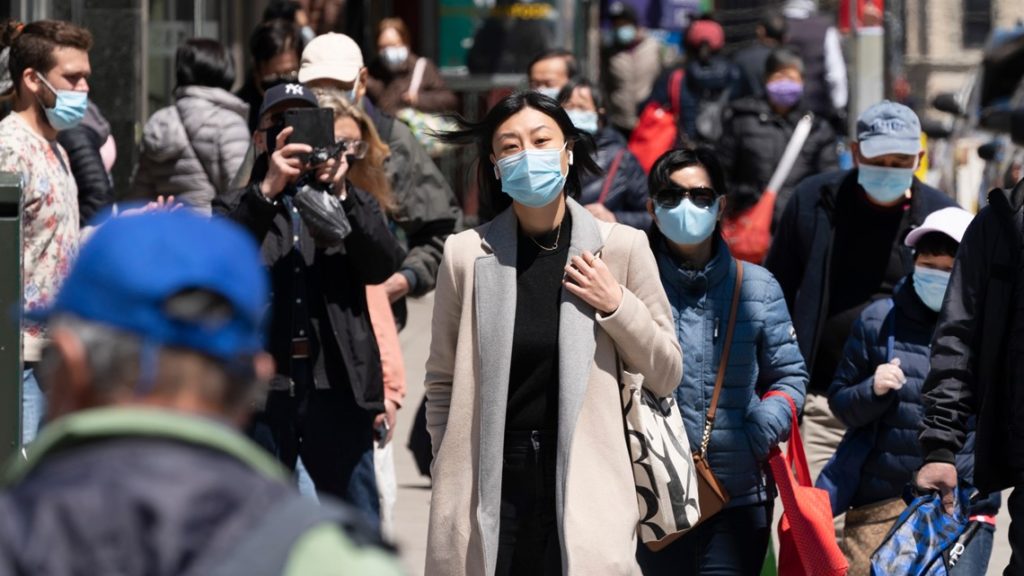The growth rate of 7.4% is just above what the U.S. experienced in the 1930s.
ATLANTA — Recently released census numbers show the population growth of the United States is the slowest it’s been since the Great Depression, a statistic that comes with a risk to our nation’s economy.
The older you get the slower you move. That’s the case for our 244-year-old country.
Census numbers put the U.S. population at 331,449,281, an increase of 7.4% over the past decade, just above the 7.3% rate during the 1930s. The growth rate in 2010 was 9.7%.
We’re not alone. Europe is experiencing a similar drop in its growth rate while countries like Japan experienced a population decline over the last 10 years.
While America is getting older and dying at a faster rate, families are having fewer children.
Tom Smith of Emory’s Goizueta Business School says young couples are focused on quality of life.
“If we have two kids or three kids, we can’t send each of these kids to private school or private colleges,” says Smith.
The birth rate dropped dramatically after the Great Recession just over a decade ago, then plummeted to a record low last year.
A sharp increase in drug overdoses along with the effects of the COVID-19 pandemic play a role in the rise in the death rate.
Another factor in our slow population growth is the number of people moving here from other countries.
“Lower levels of immigration due to recent policy changes over the last decade or so,” says Emory Political Science Professor Michael Rich.
As the nation continues to age there’s a risk our population growth will continue to slow.
“The challenge is, where are the workers going to come from to allow economic growth to continue at levels we’ve grown accustomed to in the past?” says Rich.
According to the U.S. Census, our population growth over the past decade is the second slowest since the inception of the census in 1790.
The country is growing at about half the pace as it was in the 1990s.
